Client
Mr. Ronald Rose (Commissioner)
Location
Lower Tank Bund
Type
–
Site Area
18,211 sq. meters
Rooftop Area
2,232 sq. meters
Annual Rainwater Potential
16389450 litres
Result - Savings Annually
11472615 litres
Rainwater Saved
INR 2294600
Monetary Savings
2086
Water Tankers Saved
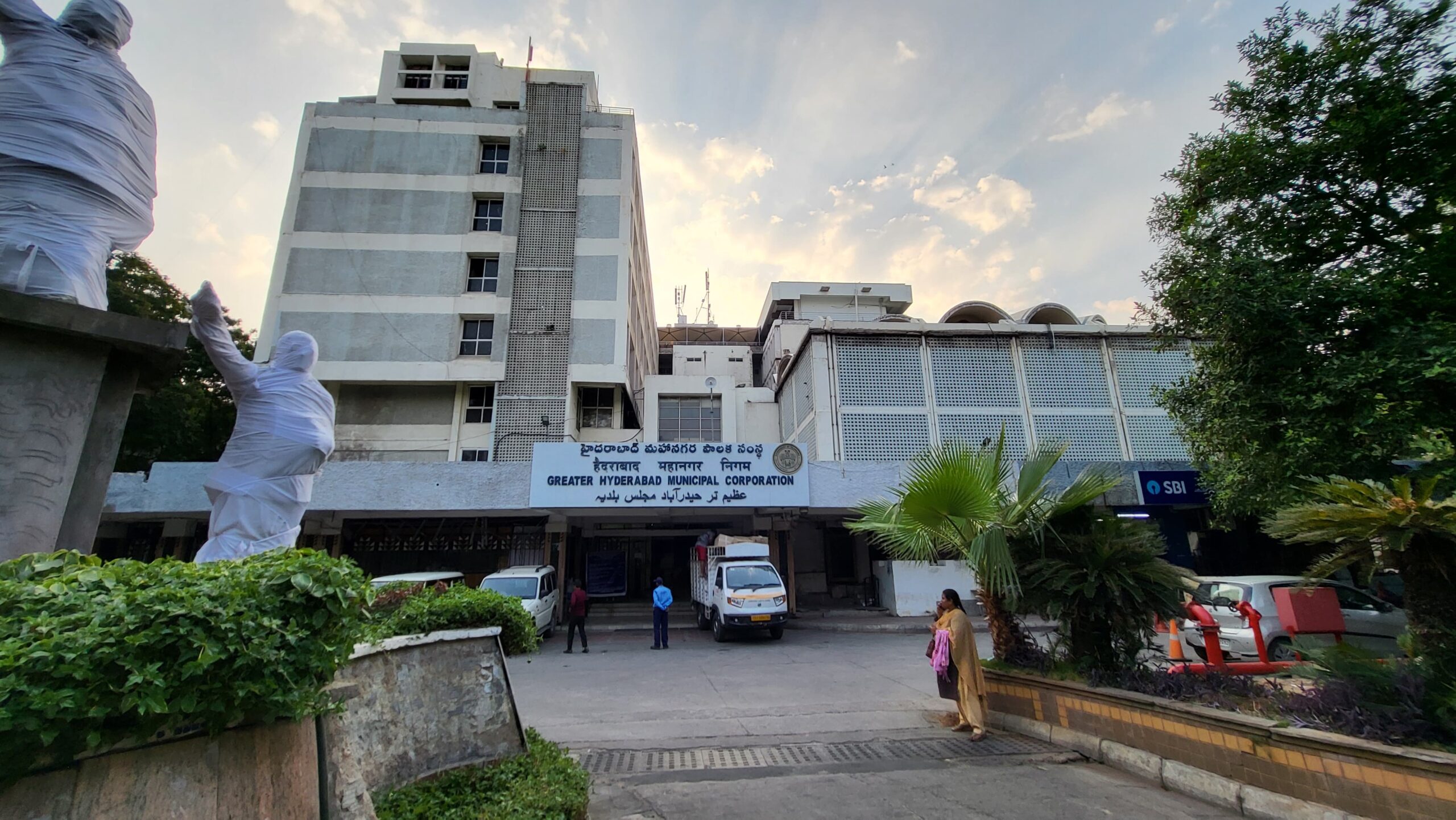
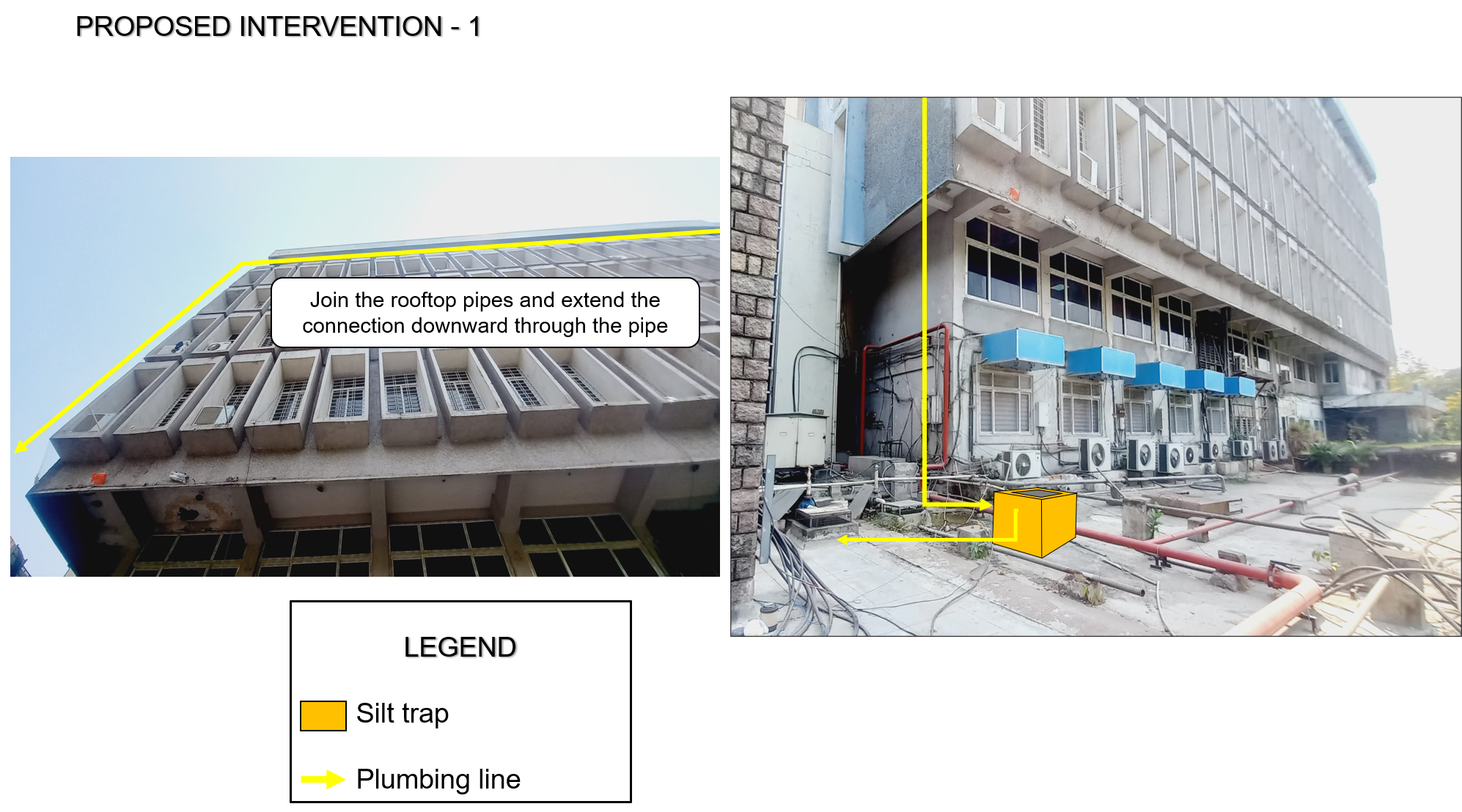
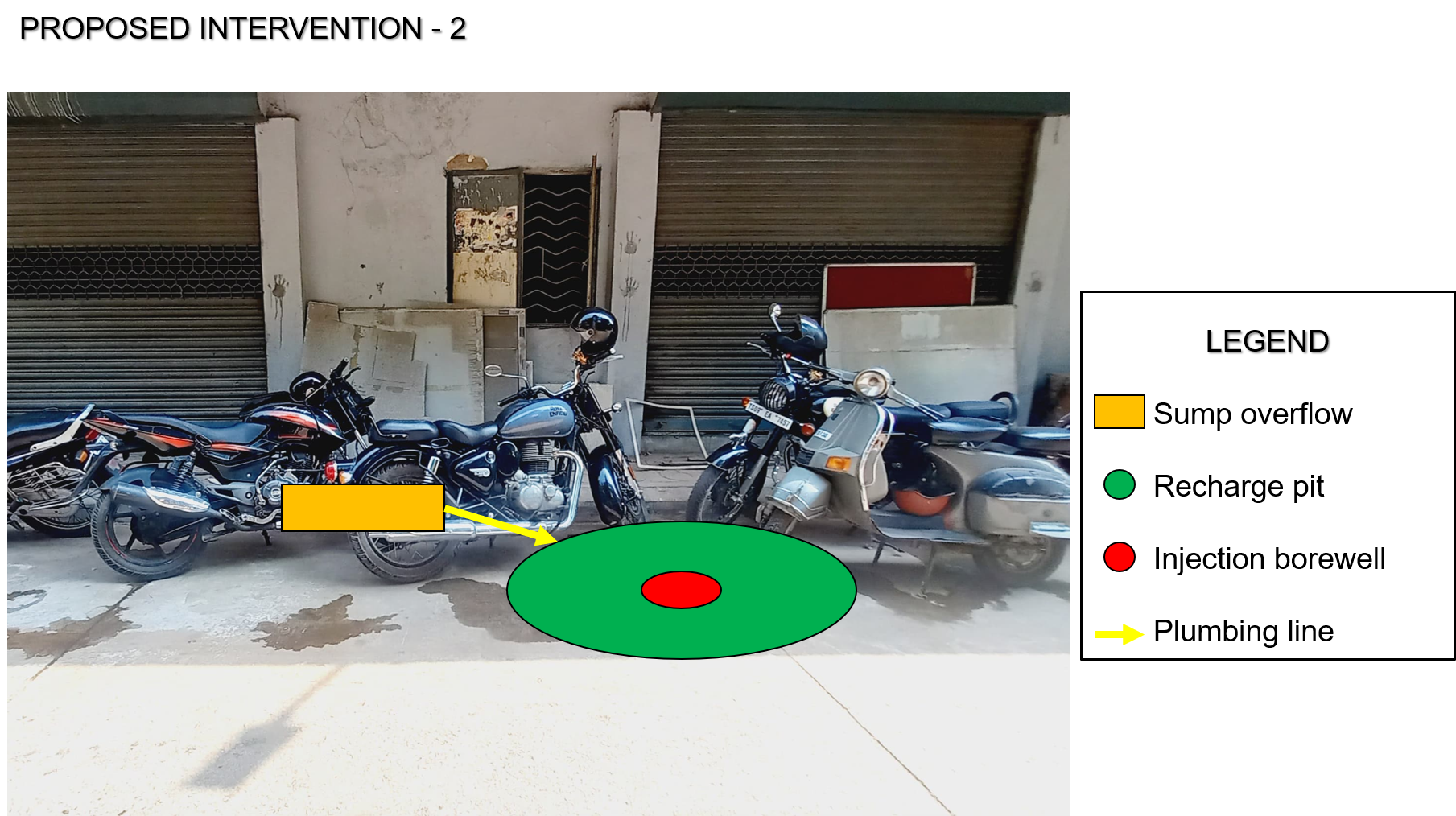
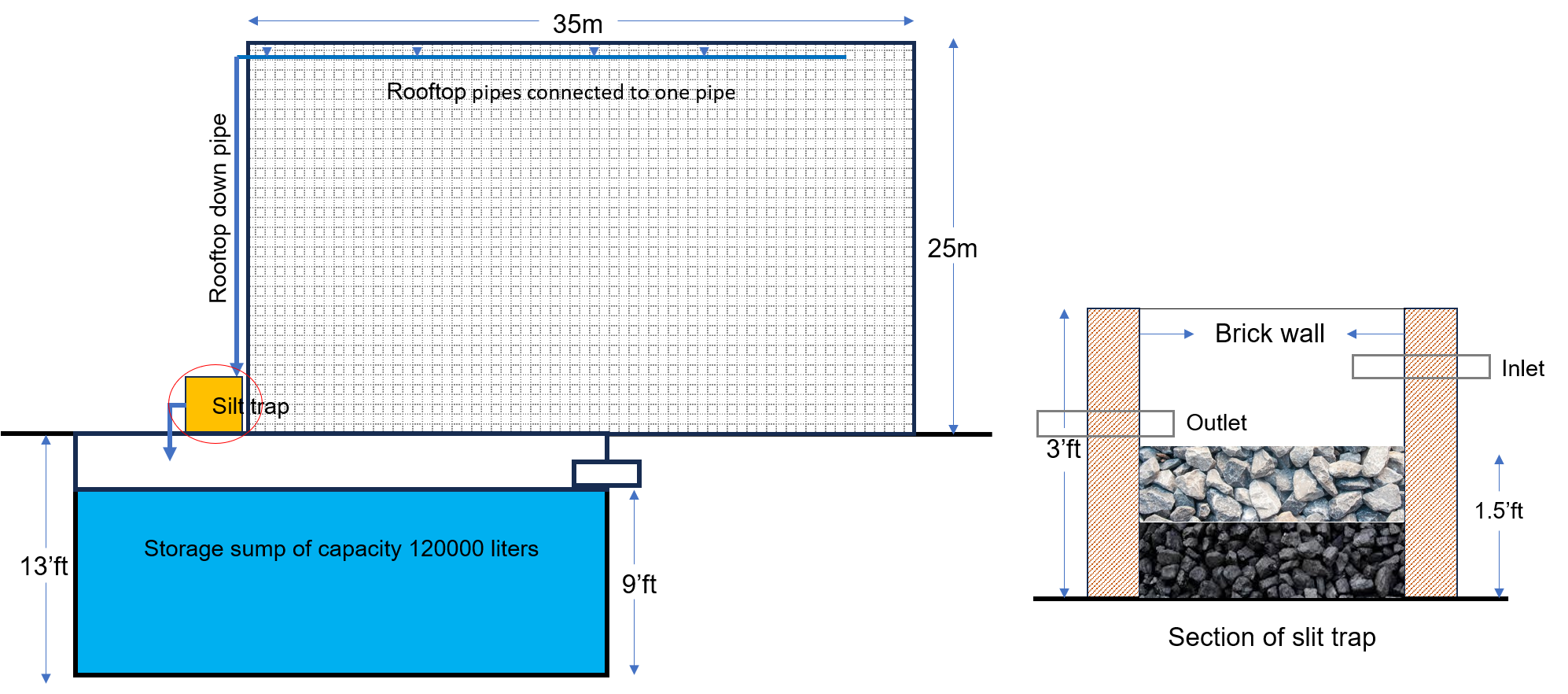
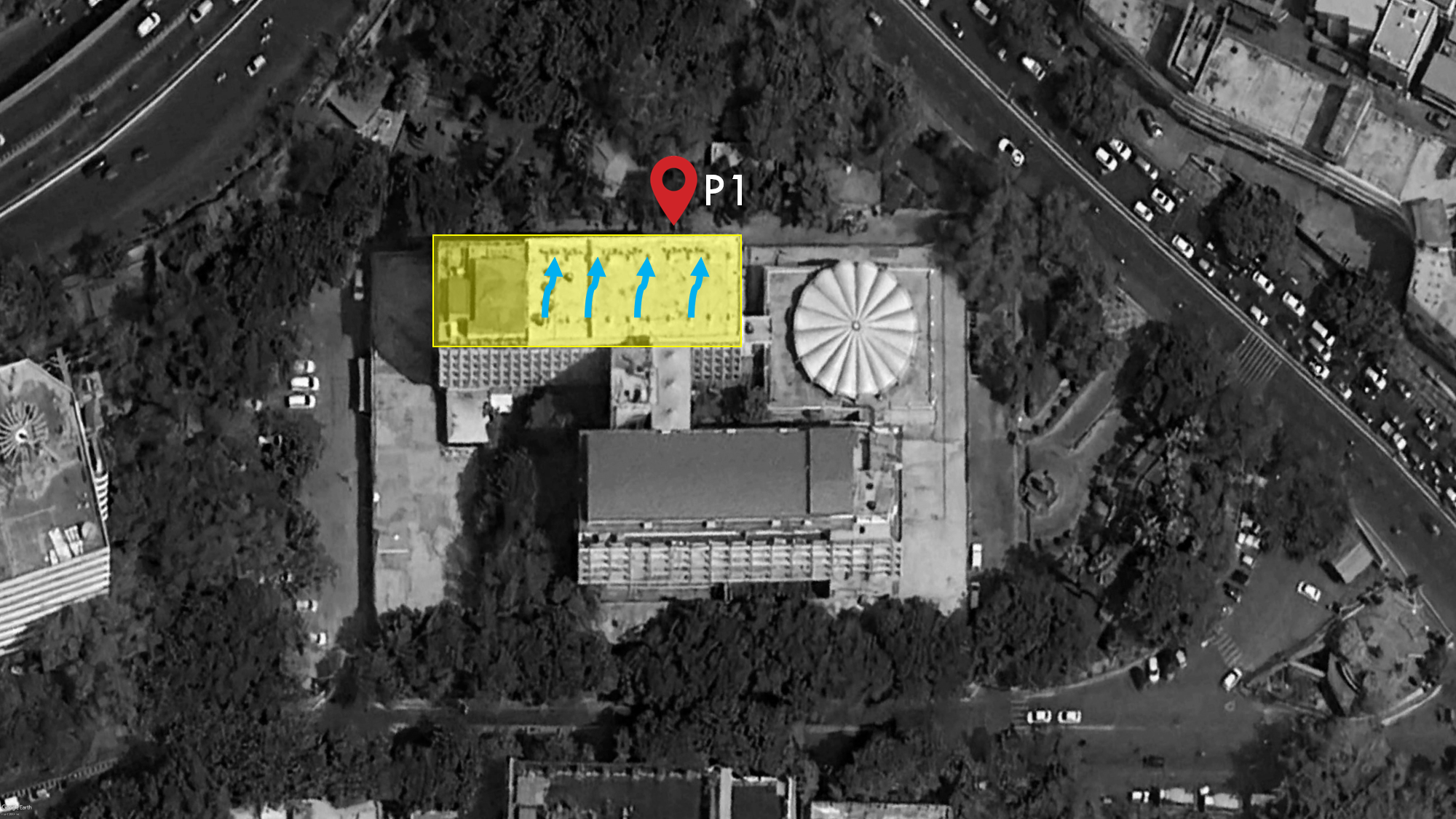
Problem
Currently, all the rooftop pipes on the campus are open and not connected to any stormwater drainage system. As a result, rainwater from these pipes flows down to the first floor and then onto the pavements, eventually entering the storm channel that leads to the nallah. Throughout the campus, catch pits are installed at intervals of every 5 meters to collect rainwater and direct it into the stormwater channel. However, approximately 4,00,000 liters of water are ultimately discharged into the nallah during rainfall events.In addition, there are two storage sumps located on the site. One of them is supplied by HMWSSB for domestic use, with a capacity of 2,20,000 liters, while the other is designated for fire hydrant operations. The sump measures 9 feet by 36 feet by 13 feet, but due to the outflow point being positioned at a height of 9 feet, the actual usable capacity is reduced to approximately 1,20,000 liters.
Solution
The rooftop pipes have been rerouted downward and connected to the existing storage sump through a silt chamber, ensuring proper filtration before the rainwater enters the sump. The silt chamber, constructed with dimensions of 2.6 ft x 2.6 ft x 3 ft, effectively removes debris and sediment from the incoming water. From the silt chamber, a pipe has been laid to channel the filtered rainwater directly into the storage sump, allowing for efficient collection and use. Since there were no existing borewells on site, an injection borewell has been installed, accompanied by a recharge pit around it with a depth of 5 feet to enhance groundwater recharge. Additionally, the overflow from the storage sump has been connected to the recharge pit, and any excess water beyond that is safely diverted to the stormwater channel, thereby minimizing wastage and improving rainwater management on the campus.

